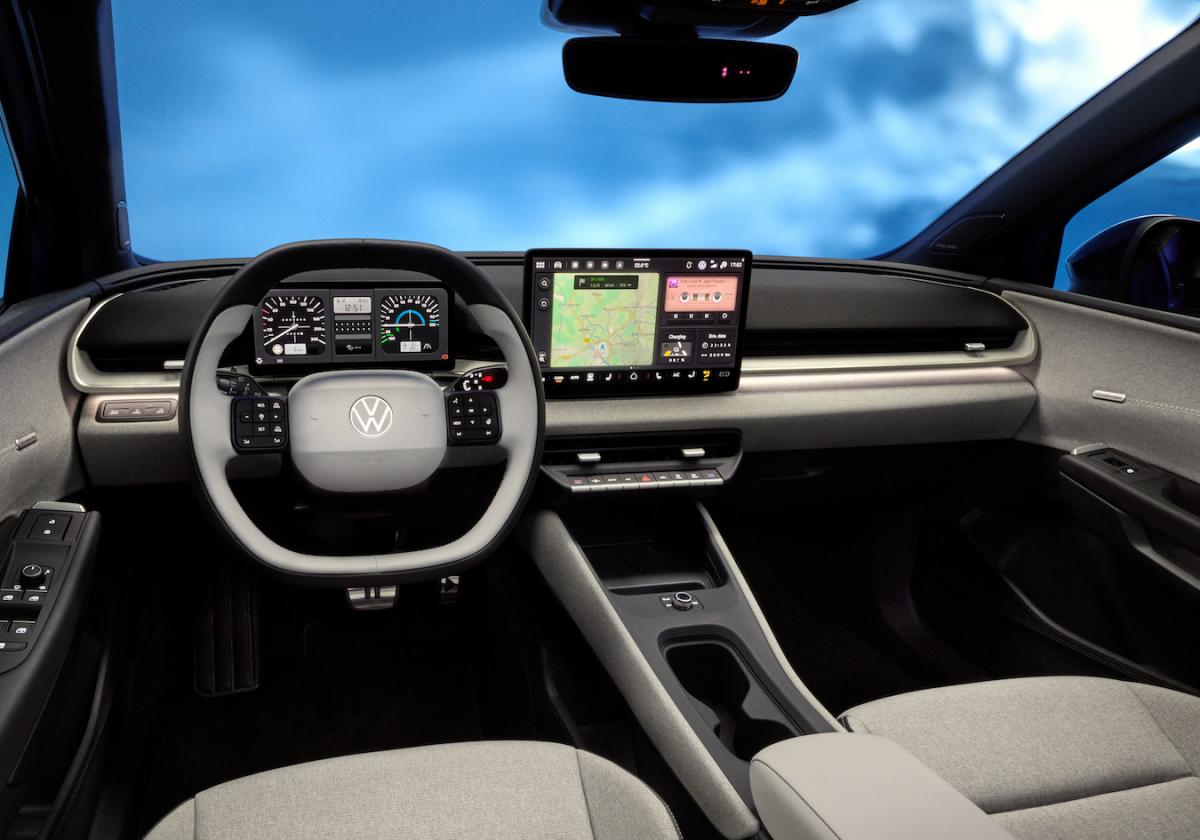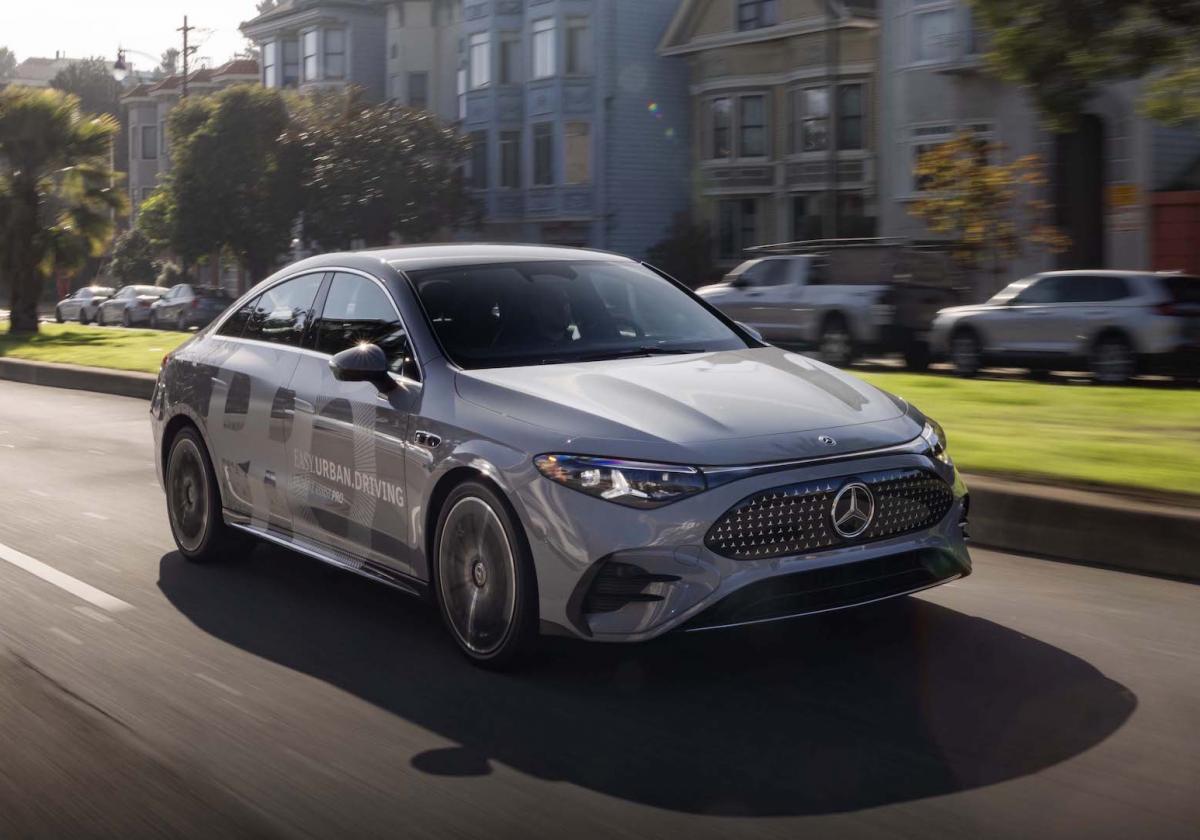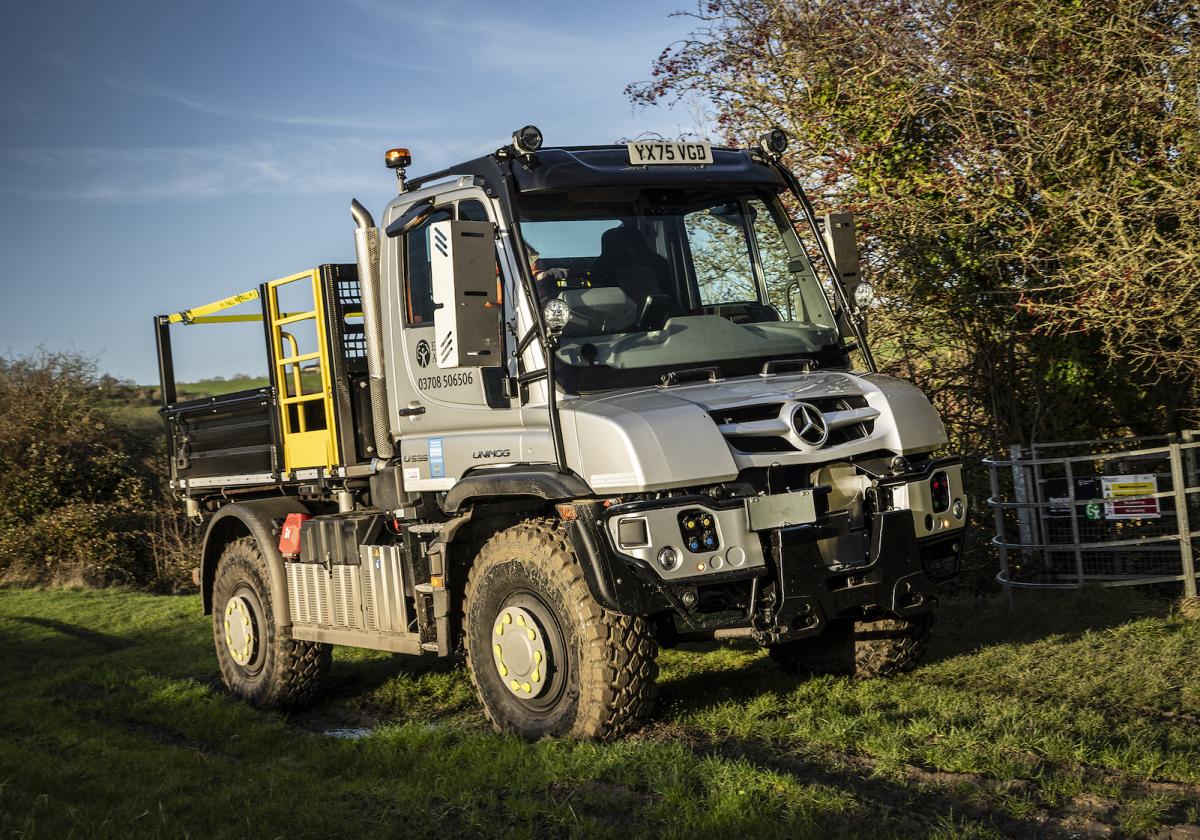Cold weather punishes both ranges and miles per gallon equivalent (MPGe) of electric vehicles (EVs), according to testing. While shorter trips are particularly hurt by bitter temps, even highway mileage suffers—as does battery performance.
In a study by Department of Energy, an EV’s range dipped 41% driving in a mix of city and highway conditions at a nippy 20°F versus a balmy 75°F. About two-thirds of the extra energy consumed went toward powering the cabin heater. Turning off the heater helped somewhat, reducing the plunge to a 12% diminished range at 20°F compared to 75°F.
MPGe also drops for EVs in the cold but less drastically without cabin heat blasting. At the same temps, an EV’s MPGe sank 8% sans heater use compared to mpg with the heater off, according to the study’s findings.
The battery is hit multiple ways by low temps too, reducing performance. Sluggish batteries have a tougher time assisting the motor and regenerative braking system—which captures energy from slowing the vehicle for reuse. That lost energy directly cuts range. Difficulty in the alternator keeping the battery charged also takes an icy toll on MPGe.
Beyond battery issues, dense cold air increases aerodynamic drag on EVs, mainly on the highway. Tire pressure and winter blend fuels can further exacerbate efficiency losses. Parking in a garage and combining trips prevent miles driven with a chilled battery. And relying on seat warmers instead of the energy-hogging cabin heater while driving preserves precious battery juice.
The impacts of frigid temperatures on EVs are significant. But understanding exactly how and where the losses occur makes it possible to alter some habits and driving techniques to claw back miles in wintry weather. Getting the maximum practical range has never been more crucial when Old Man Winter comes to call. Hopefully, more chargers coming online will help alleviate range anxiety.







